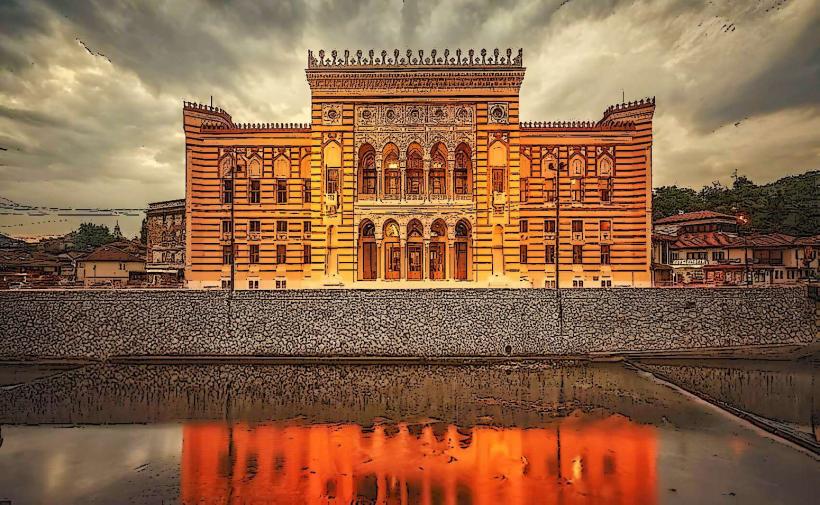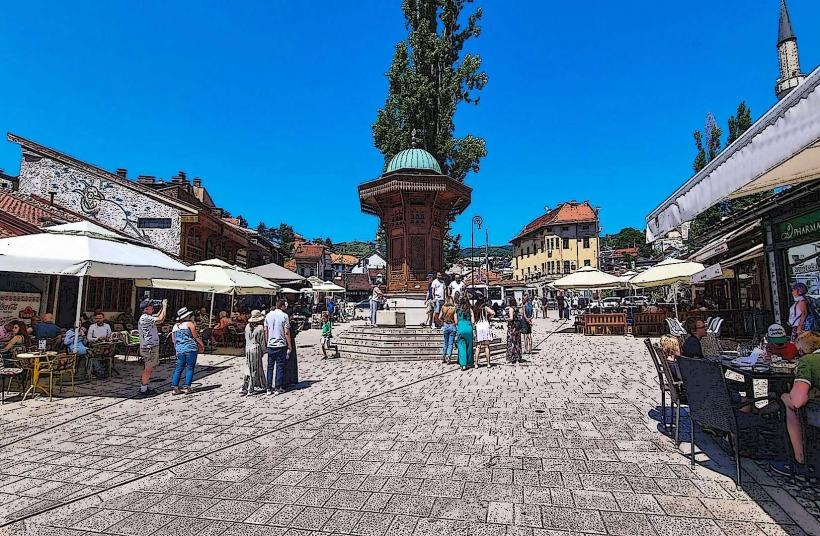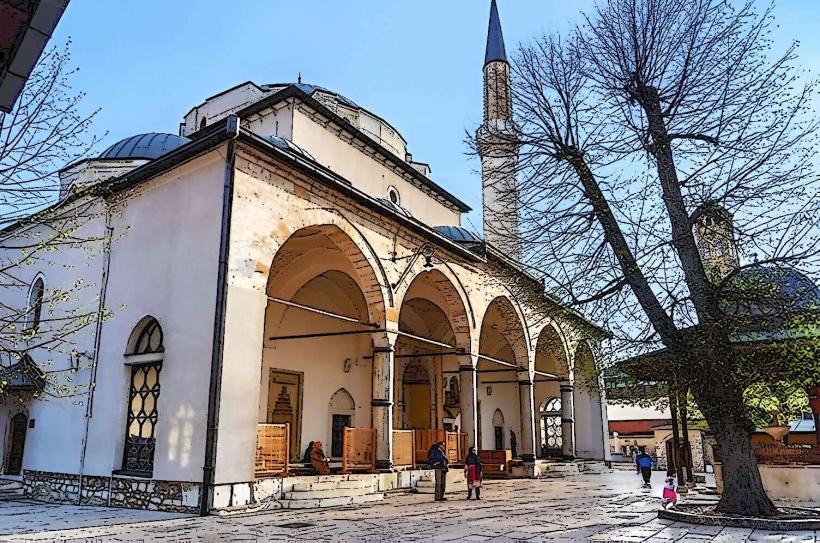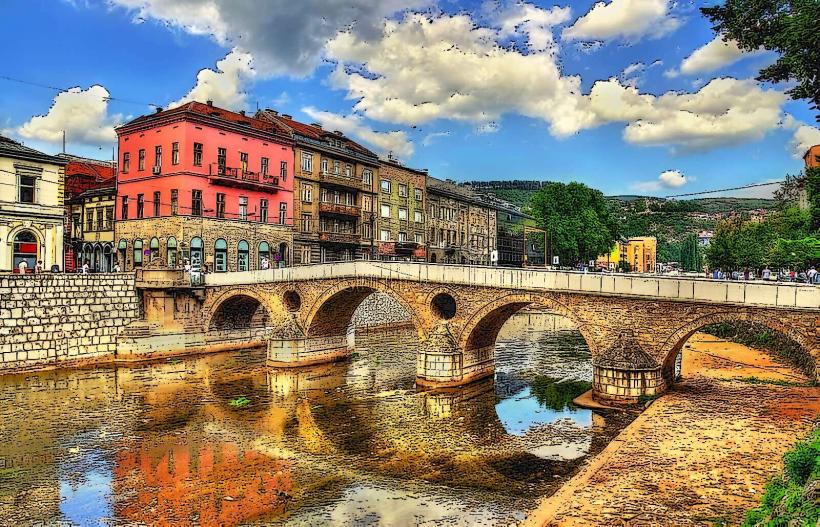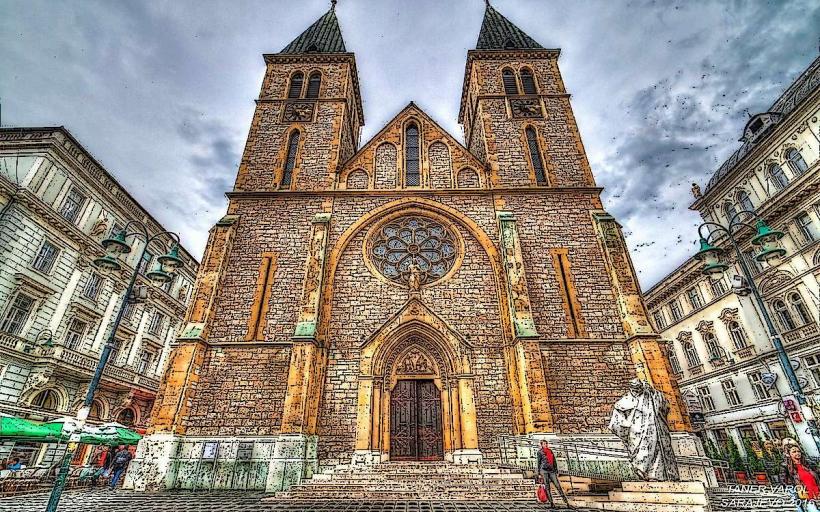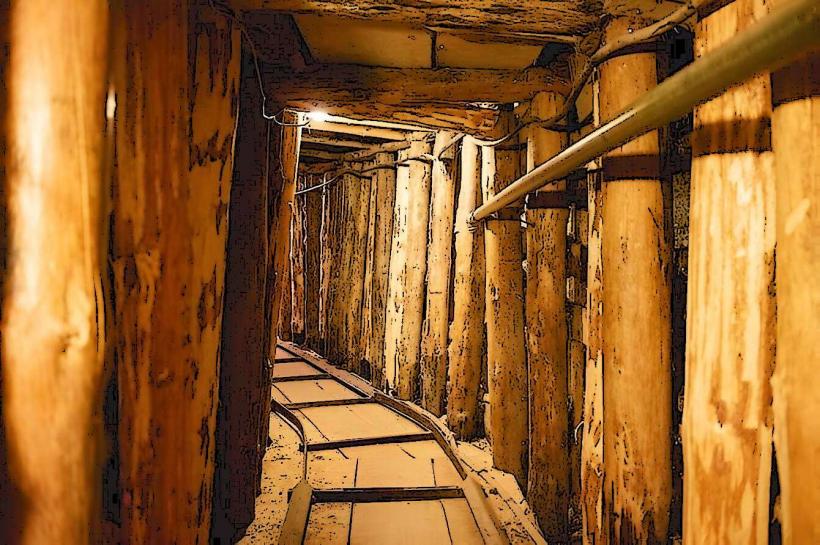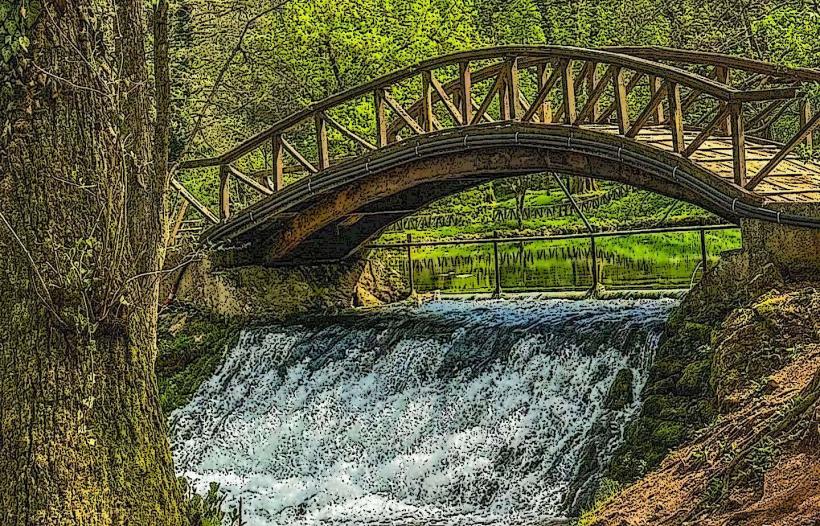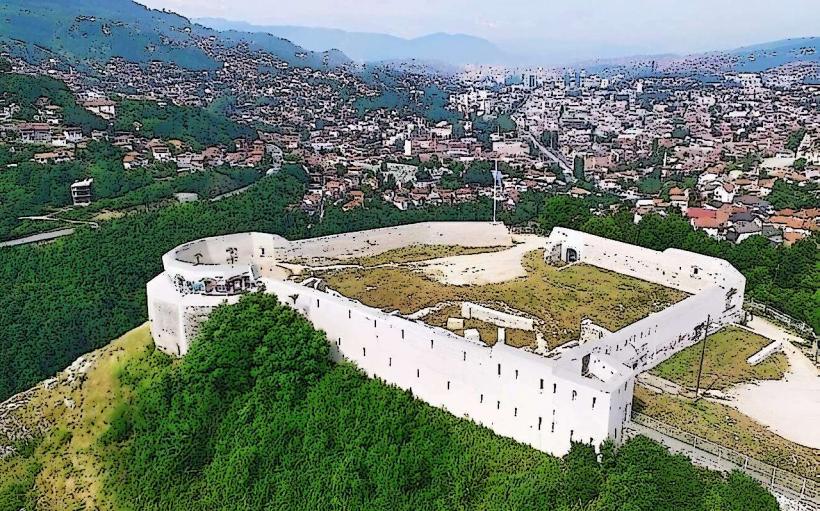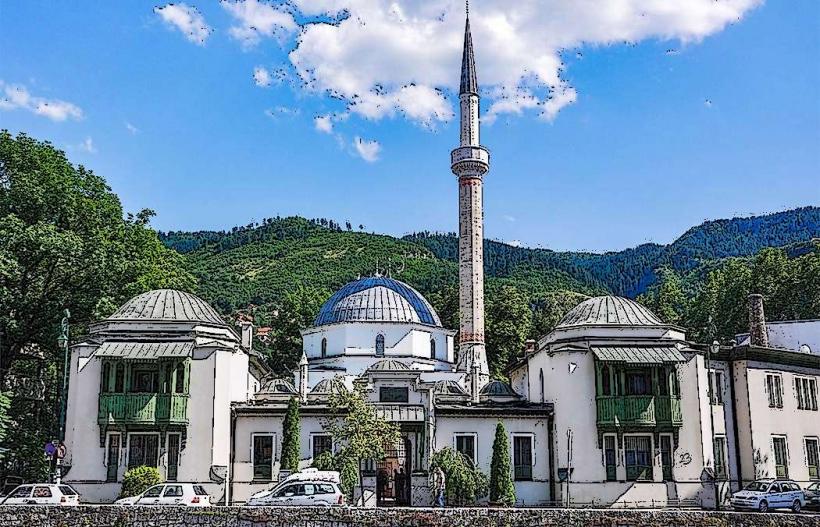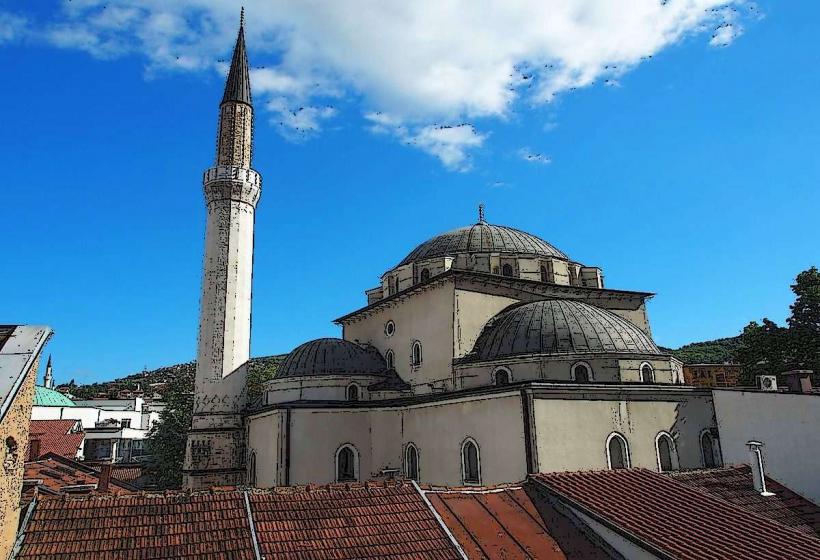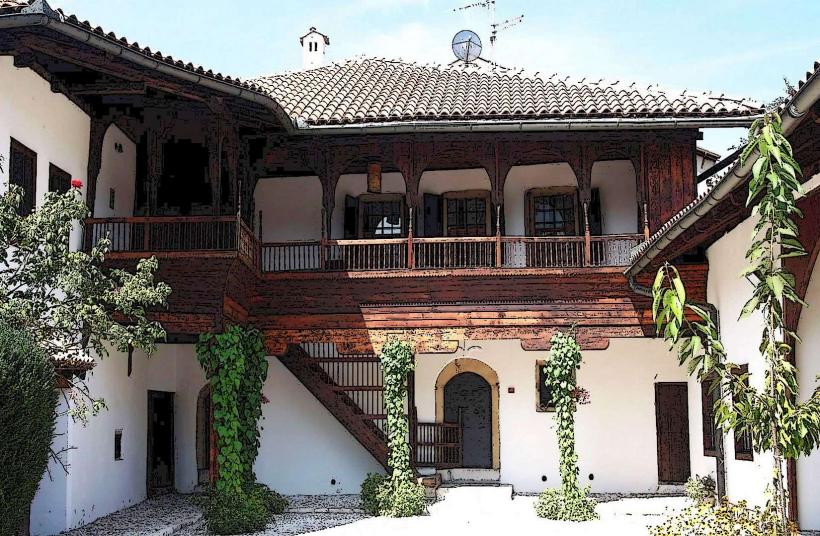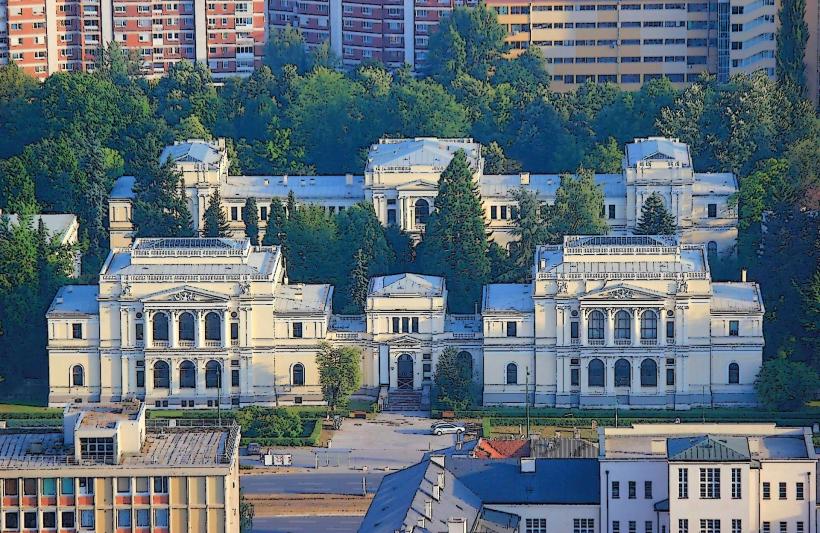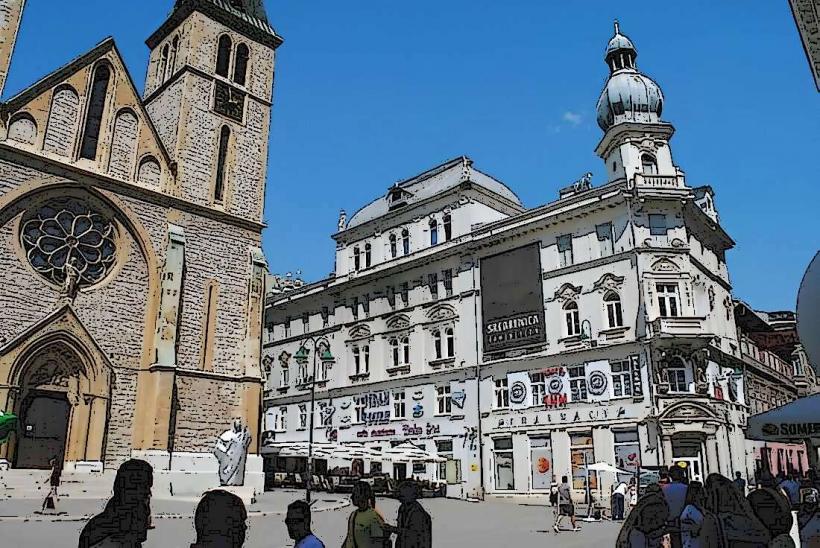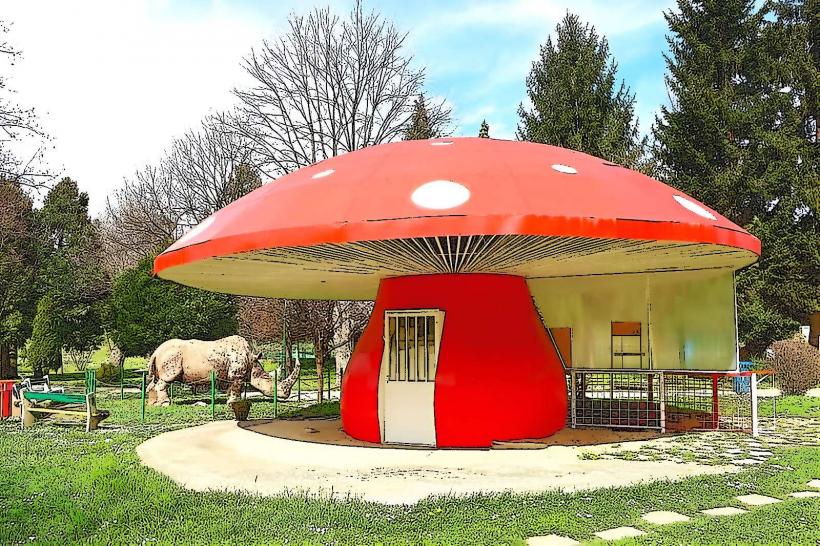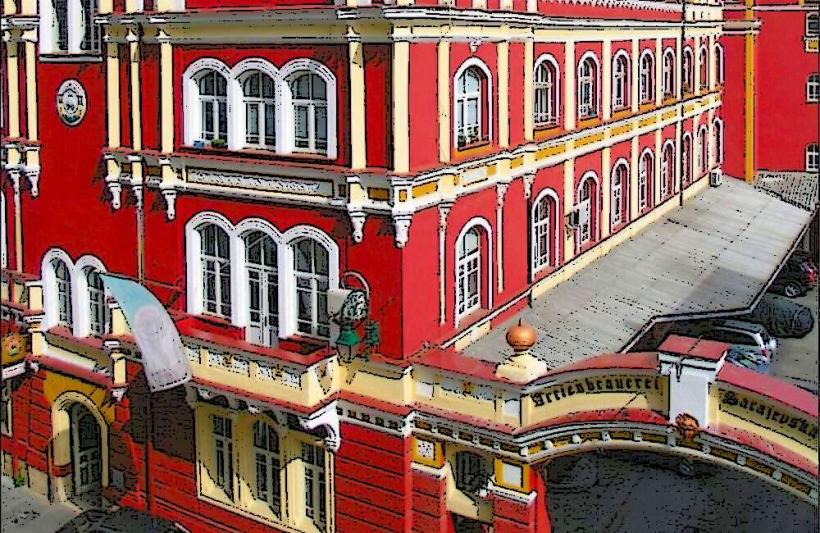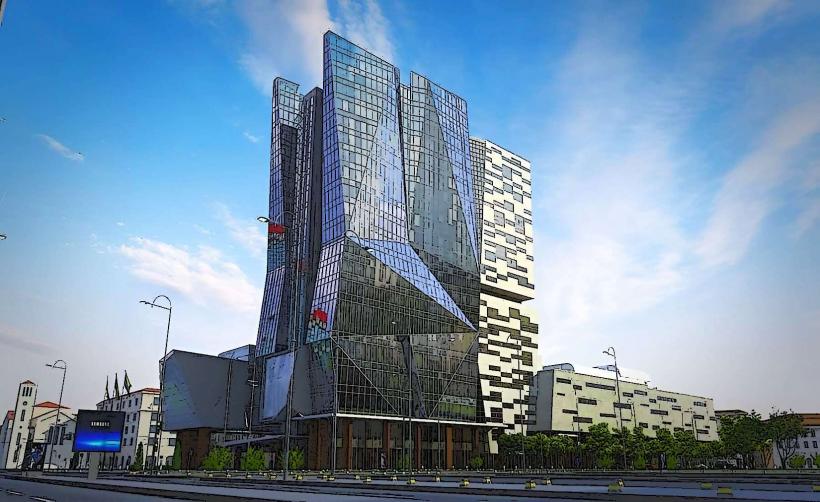Information
Landmark: Sebilj FountainCity: Sarajevo
Country: Bosnia and Herzegovina
Continent: Europe
The Sebilj Fountain is one of the most iconic landmarks in Sarajevo, Bosnia and Herzegovina. Located in the heart of Baščaršija, Sarajevo’s historic district, the Sebilj Fountain is a symbol of the city’s long-standing traditions of hospitality, culture, and water supply.
Historical Background
The Sebilj Fountain was originally built in 1753 during the reign of the Ottoman Empire in Sarajevo. The word "Sebilj" itself comes from the Arabic term for fountain, and it is often used in Ottoman architecture to refer to a public drinking fountain. The fountain was designed to provide water to the people, in line with the Ottoman practice of building public fountains for the benefit of the community. The fountain was part of a larger network of water supply systems that the Ottomans established across Sarajevo, a city known for its Ottoman heritage.
The Sebilj Fountain, in particular, became an important feature of Sarajevo’s old town and a central meeting point for locals and visitors alike.
Architectural Features
The Sebilj Fountain is designed in a traditional Ottoman architectural style, with notable influences from the Turkish and Islamic design traditions.
Structure: The fountain is made of wooden panels, with an intricate carved wooden design. The main structure features a large, arched roof with decorative elements, reminiscent of a small pavilion or kiosk. The fountain itself is situated at the base of the structure and consists of a small, open basin that collects water.
Water Supply: The fountain was originally built to provide free drinking water to passersby, as part of the Ottoman tradition of offering hospitality to travelers and the public. Today, the Sebilj Fountain still serves as a public water source, though it is also a key tourist attraction. The water that flows from the fountain is sourced from the city’s water supply system.
Location: Situated in the central square of Baščaršija, the Sebilj Fountain is surrounded by a number of historical buildings, including the Gazi Husrev-beg Mosque and the Bascarsija Bazaar. Its central location makes it one of the most photographed landmarks in Sarajevo.
Cultural and Symbolic Significance
The Sebilj Fountain is not only an architectural and historical landmark but also a symbol of Sarajevo’s hospitality and cultural identity.
Symbol of Hospitality: The fountain was originally designed as a place where locals and visitors could quench their thirst, reflecting the Ottoman practice of providing public services for the welfare of the people. Over time, it became a symbol of the city's welcoming nature and the tradition of offering water to strangers and travelers.
Social Hub: The area around the Sebilj Fountain has always been a gathering place for people of all walks of life. It remains a popular meeting spot for both locals and tourists, adding to the vibrant and social atmosphere of the Baščaršija district.
Cultural Heritage: The Sebilj Fountain holds deep cultural significance for Sarajevo, representing the city’s Ottoman past, its diverse heritage, and its role as a historical crossroads between East and West. The fountain stands as a reminder of the rich cultural layers that define Sarajevo.
Tourism and Tradition: Today, the Sebilj Fountain is one of the top tourist attractions in Sarajevo. Visitors flock to the fountain to admire its traditional design, take photographs, and experience a piece of the city’s Ottoman history. In addition, the area around the fountain is home to many traditional cafés, restaurants, and shops that showcase Bosnian culture and hospitality.
Symbol of Resilience: The Sebilj Fountain has become a symbol of Sarajevo’s resilience. During the Siege of Sarajevo in the 1990s, much of the city, including its infrastructure, was heavily damaged. However, the Sebilj Fountain survived the conflict, symbolizing the city’s endurance and its capacity to rebuild and recover after difficult times.
Modern-Day Sebilj Fountain
Today, the Sebilj Fountain continues to serve as both a functional water source and a beloved cultural landmark. The fountain has been lovingly preserved, and its wooden structure has been carefully restored to maintain its traditional appearance.
Public Drinking Fountain: Despite being a popular tourist spot, the Sebilj Fountain still serves as a drinking fountain, offering fresh water to those who wish to partake. It continues to embody the Ottoman tradition of providing free water to the public.
Artistic and Cultural Significance: The fountain has also become a part of local artistic and cultural events. It is often featured in photographs, paintings, and souvenir items, capturing its importance as a symbol of Sarajevo.
Visitors and Tourists: The Sebilj Fountain remains a central part of the Baščaršija experience, drawing thousands of visitors every year. Tourists are drawn not only to its historical and architectural beauty but also to the sense of community and cultural life it represents.
Conclusion
The Sebilj Fountain is much more than just a place to drink water—it is a central part of Sarajevo’s history, culture, and identity. This charming wooden fountain, located in the heart of the city’s old town, serves as a symbol of the city’s Ottoman past, its commitment to hospitality, and its resilience in the face of adversity. Whether you’re strolling through Baščaršija, enjoying a coffee at one of the nearby cafés, or simply taking in the view, the Sebilj Fountain remains an essential and beloved landmark in Sarajevo.

